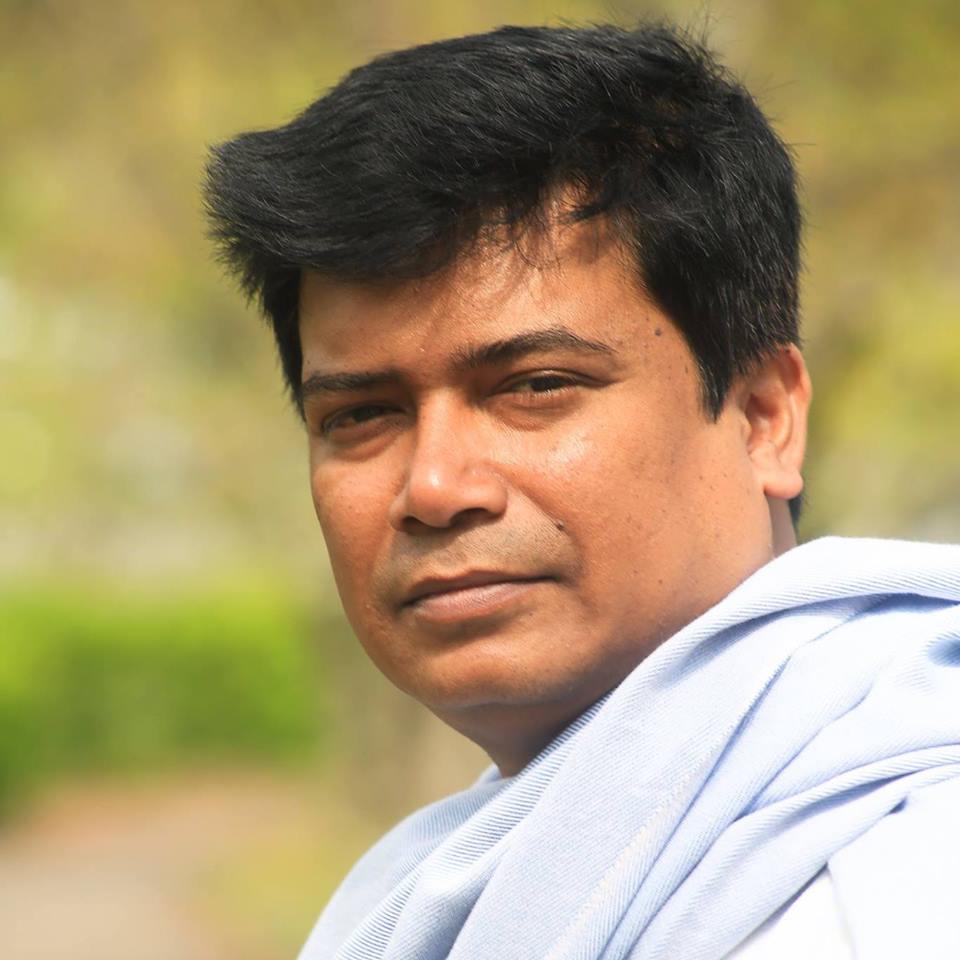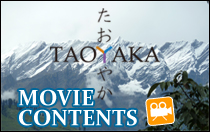Md. Masood Imran

Name: Md. Masood Imran
Department: IDEC
Course: Cultural Creation Course
Research Field: Safeguarding Program of Cultural Heritage of Bangladesh
Supervisor: Masahiko Togawa
Career and Academic Background before TAOYAKA Program
I obtained a B.A. (Hons.), M.A. and M.Phil. degree from the Department of Archaeology, Jahangirnagar University, Dhaka, Bangladesh. I scored first class for both B.A. (Hons.) and M.A. and was awarded the ‘Dr. Surat AIi Khan Gold Medal’ and ‘Sharfuddin Gold Medal, for securing highest marks in the M.A. exam. I was also awarded a Government Scholarship for securing good results in the Graduate Program of the Faculty of Arts and Humanities in Jahangirnagar University. I earned extensive field experiences in surveying and excavation during my graduation time period. I achieved certificate training course in ArcGIS from Sunsoft Technology, Bangalore, India. I believe that my academic result testifies to my motivation to do further study in cultural heritage management and succeed in the proposed field. I presented papers in international and national seminars. I have also have twelve (12) research publications and three (3) books to my credit along with many unpublished works.
Research Plan in TAOYAKA Program
My research title is “Delineate a Safeguard Plan of Cultural Heritage of Bangladesh with the Special Reference of Mahasthanghar, Somapuramahavihara and Saith Gumbad Mosque Area: Discursive Formation and Self Identification in Present Society”. In the context of Bangladesh, I would like to re-define the above ideas, representations and practices as dominating paradigm of safeguarding program because I have found this paradigm dangerously problematic. This is not to say that I think the opposite is correct. Rather, I would like to point out the ambivalences of the modern concepts of heritage and its protection that are covertly or overtly recognisable in these narratives. I want to show that the received genres of knowledge are not enough to understand the complexities of the forces acting in the processes of destruction of cultural and archaeological records. By historicizing and contextualizing the normalized modern ideas and practices of safeguarding programs, I will attempt to understand the heterogeneity of social dynamics and forces within which ideas and norms have gained their ascendancy, despite their inadequacy.
Career Plan after TAOYAKA Program
It is my long-range goal to establish myself as a renowned scholar and teacher in my country. I believe that studying at the TAOYAKA Program, Hiroshima University is the next step towards that goal, and all of my students will benefit directly if I succeed. It is to be noted that research opportunities in Bangladesh are very limited. In Bangladesh, Archaeology as an academic discipline is not very old. Interdisciplinary approaches are almost absent in the theoretical and practical universe of Bangladeshi archaeology. Therefore, training under the academic programs of an institution and country where archaeology has been deeply practised with various methods and techniques could be extremely fruitful for someone like myself, who wants to continue doing archaeology. Exposure of young scholars to Japanese university settings has always been very fruitful in raising the standard of teaching and research activities in this country. My educational background helps me to improve my teaching and research gradually, and I believe that the study in Hiroshima University under the TAOYAKA Program can improve them to an even greater extent. In Bangladesh, many of my students, generation after generation, could learn by the modern and highly-developed methods that I hope to glean by experience with the education system of Japan.





